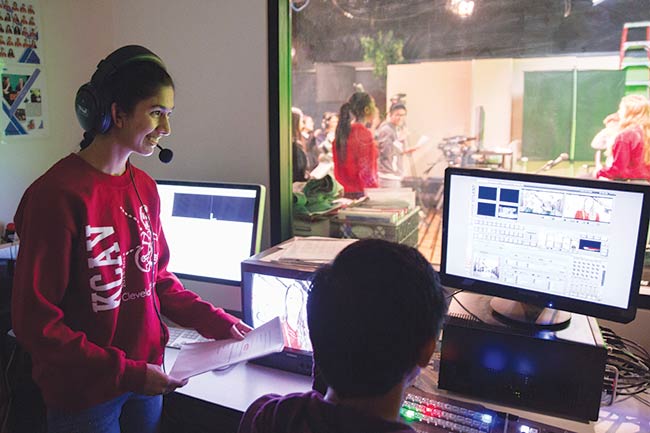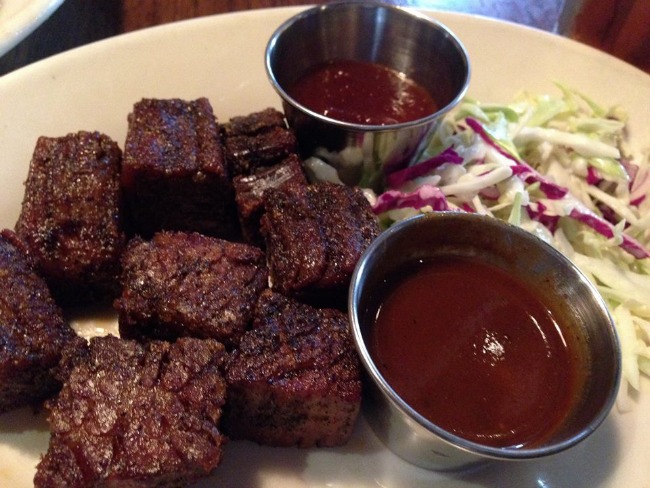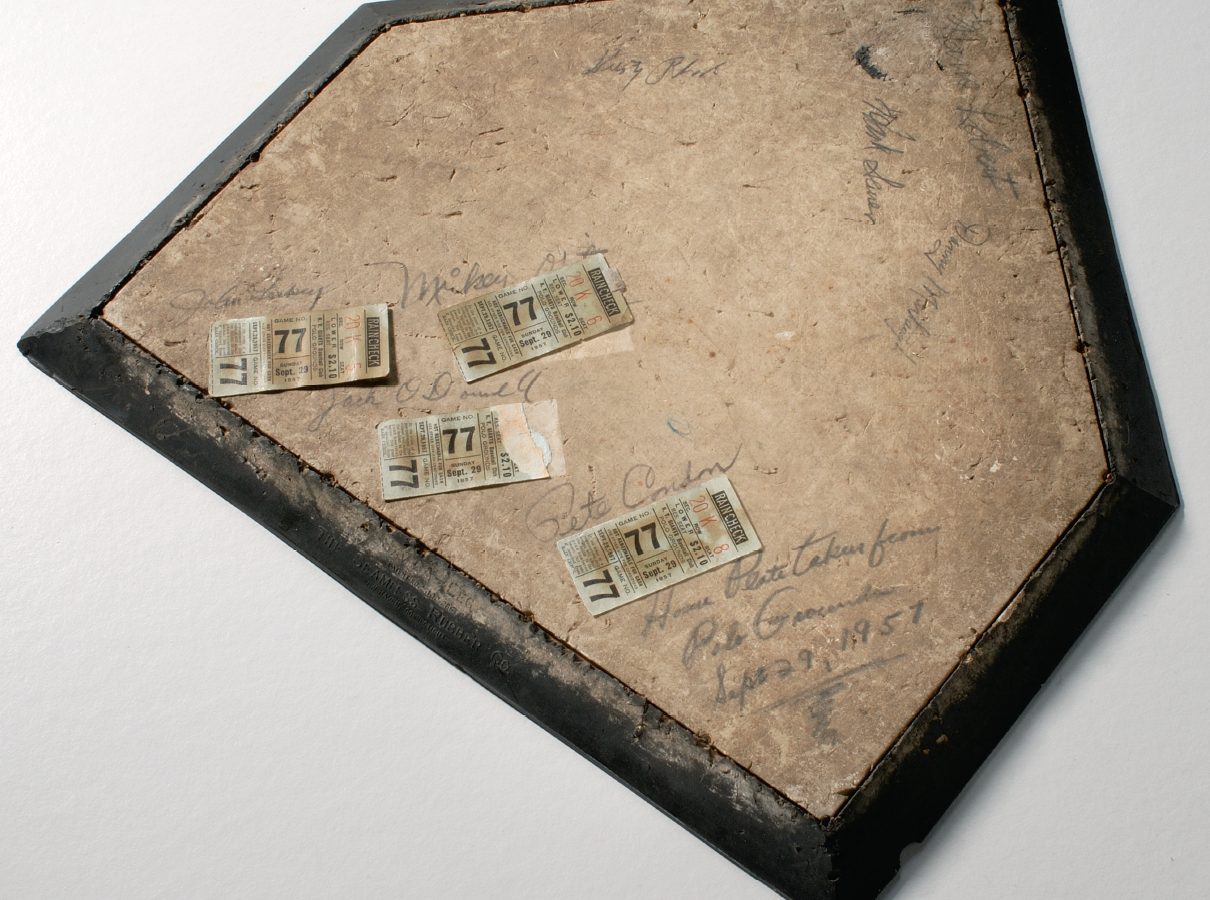
Opening Pitch
Chasing Dreams, a new exhibit at the Skirball Cultural Center examines how baseball has connected immigrant communities to the American experience for as long as the national pastime has existed.
-
CategoryPeople
-
Written byMichael Goldman
At first glance, the scrap looks like no more than what it is—an old receipt for newspapers purchased in a French hotel in the 1920s by Moe Berg. But who was Moe Berg, and what was he doing in that French hotel?
Berg was a Jewish professional baseball player—a solid fielding catcher with a mediocre bat. After his rookie season for the Brooklyn Robins (later the Dodgers), he decided to spend the offseason studying at the Sorbonne. That was just one of his many academic pursuits; Berg also studied at Princeton University and Columbia Law School, mastering Greek, Latin and Sanskrit.
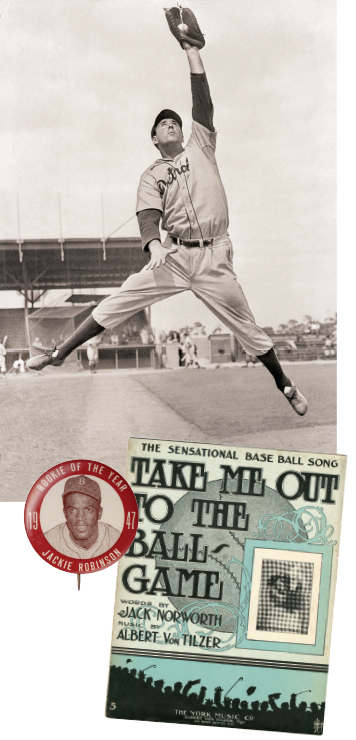 And although some of the specifics are still in debate, he was a spy for the United States during World War II and worked for the fledgling CIA after the war. He has long been considered one of the most mysterious and eccentric players in baseball history. No wonder “he kept to himself and read voraciously,” according to Cate Thurston, assistant curator at the Skirball Cultural Center who gave Ventura Blvd an exclusive sneak peek at the museum’s new Chasing Dreams exhibit that includes Berg.
And although some of the specifics are still in debate, he was a spy for the United States during World War II and worked for the fledgling CIA after the war. He has long been considered one of the most mysterious and eccentric players in baseball history. No wonder “he kept to himself and read voraciously,” according to Cate Thurston, assistant curator at the Skirball Cultural Center who gave Ventura Blvd an exclusive sneak peek at the museum’s new Chasing Dreams exhibit that includes Berg.
“When he read a newspaper, he would not let anyone else touch it because he considered it alive until he dropped it,” she explains.
Moe Berg’s 1923 receipt is among the dozens of intimate artifacts on display at Chasing Dreams, which examines the sport’s connections to immigrant communities, race and cultural identity, while highlighting links between baseball and the Jewish immigrant experience in particular. The interactive exhibit is the brainchild of Josh Perlman, chief curator at the National Museum of American Jewish History (NMAJH) in Philadelphia, and associate curator Ivy Weingram. It debuted at NMAJH in 2014 and then moved to the Maltz Museum of Jewish Heritage in Ohio before arriving at the Skirball.
For its Skirball debut, Chasing Dreams has been given a Los Angeles flavor, with artifacts including the original model of Dodger Stadium, Fernando Valenzuela’s warmup jacket and Goma de Gaspar bubblegum made in Mexico to celebrate Fernandomania during its heyday in the 1980s. Legendary Dodger Sandy Koufax was already part of the show, given his groundbreaking career as both a record-setting pitcher and a pioneering Jewish player who famously, declined to pitch on the holiest day of the Jewish year,
Yom Kippur.
According to Thurston, players like Koufax and Valenzuela, as well as others included in the exhibit, served as touchstones for the connection between their respective immigrant communities and the all-American sport.
“A big focus was to explore these vital connections in depth,” she explains. “So for the Jewish community, people like Koufax and Hank Greenberg are important not only because they were great players but also because they were true to themselves and their identities. By representing themselves and their communities, it made other people comfortable within those communities.”
Chasing Dreams also contains a personal letter from perhaps the most famous Dodger of all—Jackie Robinson, written long after his retirement. The letter was sent to Pittsburgh Pirates pitcher Dock Ellis, an eccentric African-American player who boldly spoke out on race issues in the game in the early 1970s. In the letter, Robinson praises Ellis for having such courage. 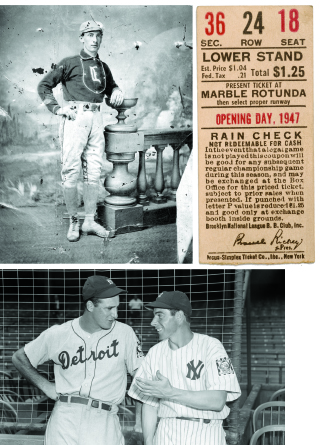
Going further back in baseball history, the exhibit features a much different letter—on the opposite end of the race spectrum. “It’s a heartbreaking piece from , in which inquires into the ethnicity of a prospective player,” Thurston explains. “He was concerned that the team not sign a player who might be ‘unappetizing’ to fans with bigoted views.”
There are hidden stories that explore how immigrants utilized baseball as connective tissue to the American experience. Case in point: an advertisement placed by the New York Giants in the Yiddish-language newspaper Jewish Daily Forward in 1920—a period in history when Jewish immigrants made up close to one-third of New York City’s total population. The ad, which was written in Yiddish on the occasion of the Jewish New Year and on behalf of the Giants’ organization, “extends to all our Yiddisha baseball lovers and friends best wishes for a year of health and joy.”
The show highlights one of the first professional Jewish baseball players—Lipman Pike, who debuted as baseball was evolving into a nascent professional sport during the late 19th century. Also on display: mementos regarding the first Mexican player in the Major Leagues—Mel Almada, who broke into baseball in 1933.
“Mel was born in Mexico but grew up in Los Angeles, and he was a huge Los Angeles celebrity with Mexican-American fans in the 1930s,” Thurston says. “In our timeline infographic, we also explain the fact that, due to segregation, Mexican-Americans could not play baseball in public parks. So teams took over dirt lots. A team in Corona transformed an empty rail yard into a stadium, complete with bleachers and concessions—they were social spaces where whole communities would get together. In those communities Sundays were for church and baseball and organizing those games trained a lot of future community leaders in essential organizing skills.”
Thurston points to another treasure: a bat used by Seattle Mariners star Ichiro Suzuki in 2003. Suzuki was among a wave of Japanese-born players to enter the Major Leagues in more recent years, coming out of the Japanese professional leagues. But Thurston points out that Japanese-American players, despite being citizens who grew up with the game, came to the Majors rather late due to the upheaval of World War II internment camps.
Chasing Dreams examines the concentration of Japanese-Americans whose baseball talents and trajectories toward the Major Leagues were circumvented by that tragedy. “If it was not for World War II, many people think we probably would have seen a Japanese player before an African-American player in the Major Leagues,” she says.
Chasing Dreams runs at the Skirball from April 7 until October 30. For more information, go to skirball.org.
Architect May Sung Comes to The Rescue on a Studio City Reno Gone Wild
In the right hands…finally!









